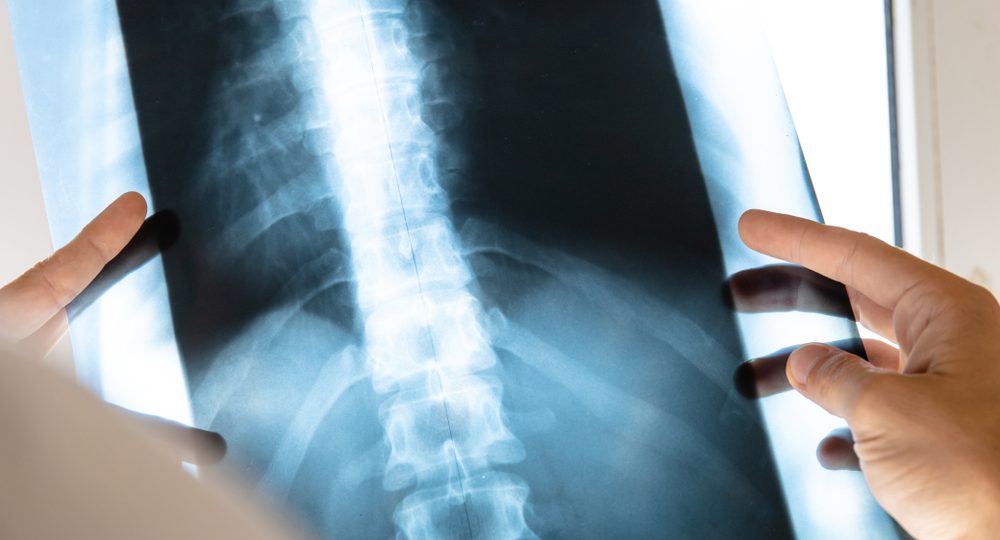In January 2025, Senior Associate Nadia Krueger-Young of our Clinical Negligence team addressed the Doctor’s Updates Val d’Isère Centre de Congrès.
This article summarises her presentation on the statutory duty of candour for doctors, considering its now 10-year history and whether the duty is working in practice.
What is the duty of candour?
The General Medical Council’s ‘Good Medical Practice’ (2024) emphasises that doctors must be open and honest with patients if things go wrong, providing guidance on what to do if a patient experiences harm or distress. This principle is closely related to the statutory “duty of candour” outlined in Regulation 20 of the Health and Social Care Act 2008 (Regulated Activities) Regulations 2014. This regulation created a legal duty for NHS trusts and healthcare providers to be transparent with patients.
The statutory duty was introduced in November 2014 for NHS bodies such as trusts and foundation trusts in England and was extended in April 2015 to include all other care providers registered with the Care Quality Commission (CQC). While the duty applies to organisations rather than individuals, staff members are expected to cooperate to ensure the organisational obligation is met. It also defines what constitutes a “notifiable safety incident” and specifies when such incidents should be communicated to the patient.
What is a notifiable safety incident?
The threshold for what constitutes a notifiable patient safety incident under the statutory duty of candour differs depending on whether the organisation involved is an NHS body or private practice (the threshold is often slightly broader for the latter). According to the NHS definition, a “notifiable safety incident” must meet all of the following specific criteria:
- It must have been unintended or unexpected.
- It must have occurred during the provision of an activity the CQC regulates.
- In the reasonable opinion of a health care professional, the notifiable safety incident could, or already appears to have, resulted in death or severe or moderate harm to the person receiving care. This includes prolonged psychological harm.
Regulation 20 states that organisations must:
- tell the relevant person, face-to-face, that a notifiable safety incident has taken place
- apologise for the incident
- provide a true account of what happened, explaining whatever is known at that point
- explain to the relevant person what further enquiries or investigations will take place
- follow up by providing this information and the apology in writing, and providing an update on any enquiries, and
- keep a secure written record of all meetings and communications with the relevant person.

How the duty came about
A 2013 inquiry into avoidable patient harm experienced at Mid Staffordshire NHS Foundation Trust by Robert Francis QC (now KC) concluded: “For all the fine words printed and spoken about candour, and willingness to remedy wrongs, there lurks within the system an institutional instinct which, under pressure, will prefer concealment, formulaic responses and avoidance of public criticism.”
The Francis Inquiry recommended introducing a statutory duty of candour for all health and care providers, in addition to the existing professional duty of candour and the requirement for candour in the NHS standard contract.
Because the duty of candour is now a statutory duty, it is an offence for a CQC-regulated organisation to fail to comply with this duty. Until 2014, care providers had no legal obligation to share information with individuals who had been harmed or their families. Failure to comply with the duty of candour can result in enforcement actions ranging from warning or requirement notices to criminal prosecution. Over the past decade, there have been a handful of prosecutions related to this duty.
The CQC has stated that its primary focus has been on increasing awareness and working collaboratively with organisations to ensure compliance. There is ongoing debate about the extent to which prosecutions, particularly those targeting the service rather than individuals, can effectively improve regulatory compliance. This discussion highlights the balance between punitive measures and supportive approaches in achieving the desired outcomes in healthcare regulation.
Is the duty of candour working?
In April 2024, the Department of Health and Social Care (DHSC) launched a call for evidence for a review of the statutory duty of candour. They received 261 responses from patients, service users, families and caregivers, healthcare professionals, healthcare providers, healthcare regulators and healthcare organisations.
The DHSC is yet to provide its final report but one response concluded:
“The overall view was that staff members want to do the right thing, but they lack adequate support to do so. The statutory duty of candour has been transformed into a challenging and sometimes confusing process that providers find difficult to adhere to and execute, rather than being an intuitive, compassionate response simply because it is the right thing to do.”
Stewarts sees countless examples of this day in and day out. In one example, a patient broke her arm after falling. At the fracture clinic, she mentioned she had been having balance issues and weakness in her legs. She was referred from the fracture clinic to A&E and had a lumbar MRI. The radiologist missed the obvious mass on the MRI, which was only picked up a year later when a second MRI was compared with the first.
This was clearly a notifiable incident: it was unexpected, occurred during a regulated provision and resulted in “severe or moderate” harm to the person receiving care. However, the patient was not informed, and no duty of candour report was completed; she would never have known about it had she not sought legal advice.
What can be done to improve the duty?
The responses from the Department of Health review show that less than one in four respondents (23%) believe the duty of candour is correctly complied with when a notifiable safety incident occurs. Some staff are hesitant to comply with the duty due to fears of admitting fault and liability, which could leave them open to blame. Others reported that while some staff were empathetic and aimed to follow the process, they lacked support from senior management and feared not being protected if considered a whistleblower. Additionally, some respondents believed there is a culture of covering up incidents, falsifying records and dismissing complaints.
Sir Francis’s commented before the statutory duty of candour was introduced that despite the emphasis on candour and willingness to remedy wrongs, there exists an institutional instinct to prefer concealment, formulaic responses and avoidance of public criticism under pressure. From a lawyer’s perspective, there has been no real change, indicating that the underlying issues persist.
Conclusions
The purpose of the statutory duty of candour was to establish a legal requirement for openness and honesty in healthcare. However, there are countless examples of the duty of candour not being followed and yet there have only been a handful of prosecutions, indicating that the duty is not being consistently followed and a lack of legislative bite. Clinicians often feel silenced, and patients experience a lack of trust in the system. To address these issues, there needs to be both a systems change and a cultural shift towards greater transparency and accountability.
Get in touch
You can find further information regarding our expertise, experience and team on our Clinical Negligence page





